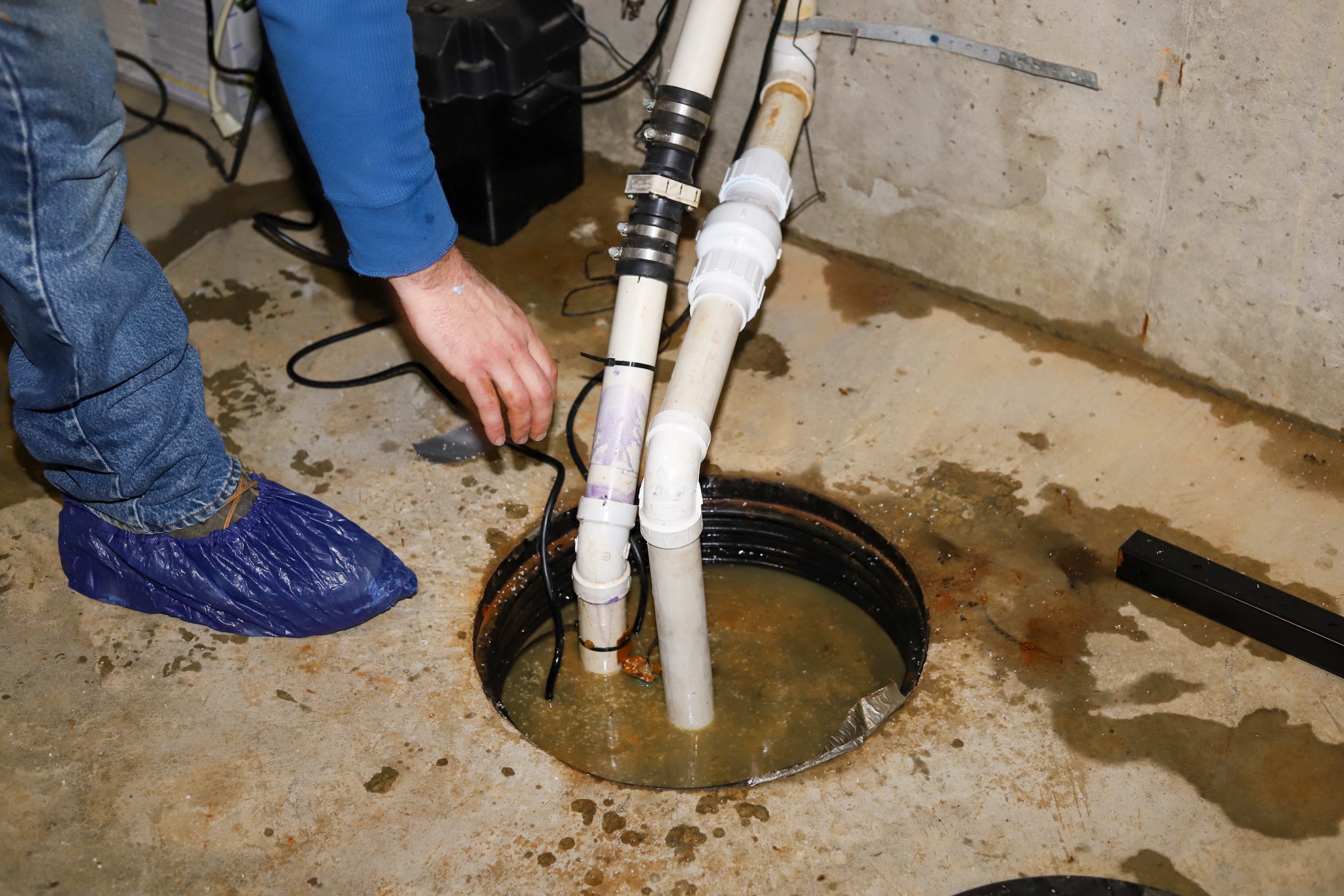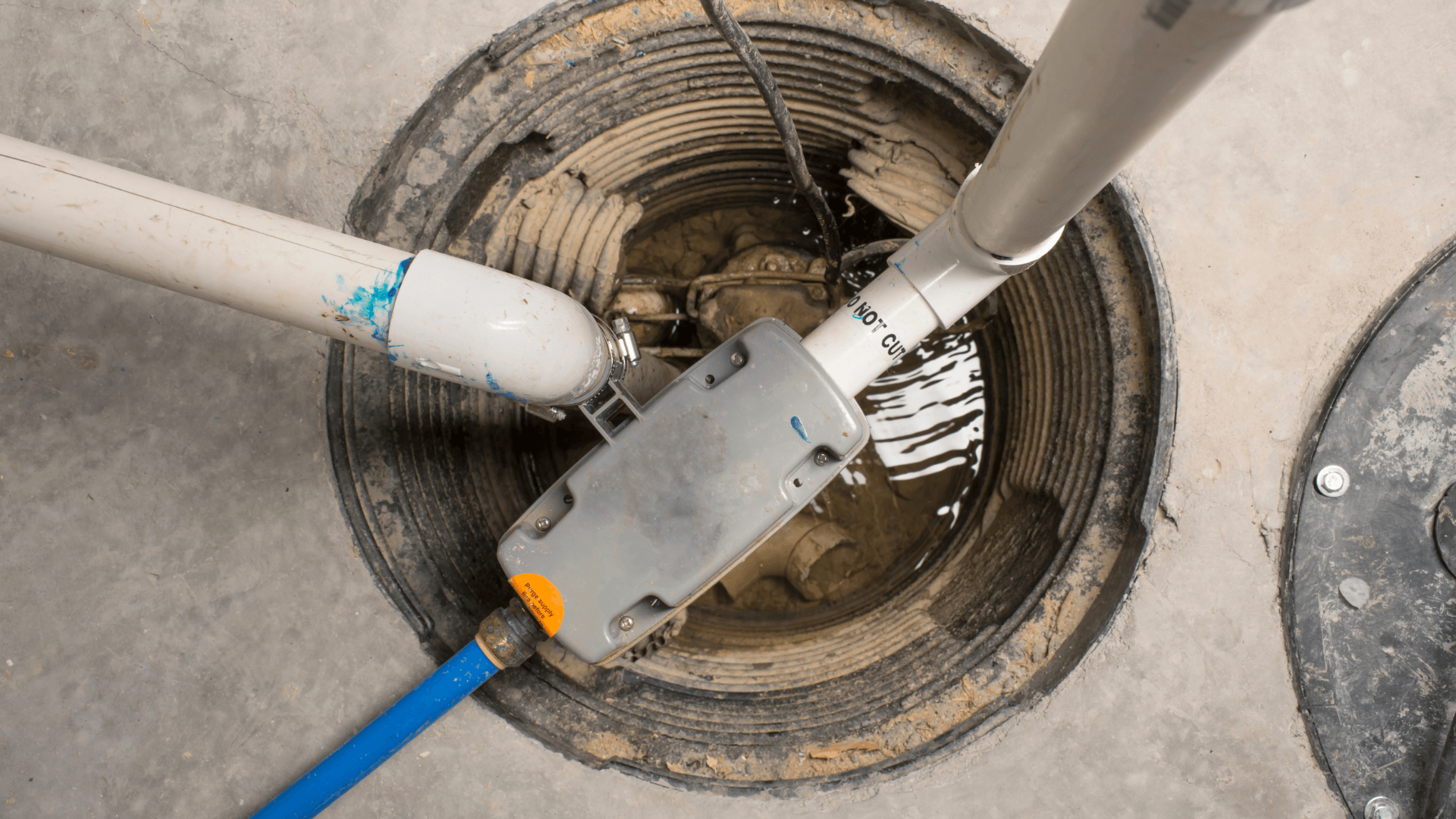Quick Methods for Taking Care of a Sump Pump
Quick Methods for Taking Care of a Sump Pump
Blog Article
The writer is making a number of great annotation on the subject of How to Care for Your Sump Pump overall in this post just below.

Sump pumps are important elements in lots of homes, particularly in areas vulnerable to flooding or extreme wetness. They help protect against water damages by efficiently getting rid of excess water from basements or crawl spaces. However, like any other device, sump pumps require normal upkeep to ensure they work efficiently when needed one of the most. Cleansing your sump pump is a crucial part of its maintenance, and comprehending just how to do it properly can save you from expensive fixings and potential disasters.
Introduction
Maintaining a clean sump pump is essential for its proper functioning and longevity. Disregarding this important task can lead to blockages, breakdowns, and inevitably, water damages to your home. As a result, learning how to clean up a sump pump is important for house owners that depend on these tools to maintain their cellars completely dry and secured.
Indicators of a Dirty Sump Pump
Recognizing when your sump pump needs cleaning is critical for preventing prospective malfunctions. Some typical indications that show an unclean sump pump consist of strange sounds throughout procedure, lowered water flow, and visible particles in the pit. If you observe any of these symptoms, it's necessary to clean your sump pump promptly to stay clear of any kind of additional issues.
Planning for Cleaning
Prior to you begin cleansing your sump pump, it's necessary to take some safety precautions. Beginning by turning off the power to the pump to stay clear of any electrical crashes. Additionally, use appropriate protective gear, such as gloves and safety glasses, to secure on your own from dirt, debris, and prospective microorganisms.
Recognizing the Sump Pump
Prior to diving into the cleaning procedure, it's essential to have a basic understanding of how a sump pump functions. Usually set up in a pit or basin listed below the basement flooring, a sump pump contains a number of essential components, including a pump, a float switch, and a discharge pipeline. When water accumulates in the pit, the float button activates the pump, which after that pumps the water out through the discharge pipeline, away from the building's structure.
Detailed Guide to Cleansing a Sump Pump
Shutting Off the Power
Begin by separating the power supply to the sump pump to prevent any type of accidents while cleaning.
Checking for Appropriate Functioning
Prior to re-installing the pump, do a fast test to ensure that the float button activates the pump correctly. Pour some water right into the sump pit and observe the pump's procedure. If every little thing is functioning correctly, you can rebuild the pump and reconnect the power supply.
Removing Particles and Dirt
Use a bucket or an inside story to get rid of any kind of noticeable particles, dirt, or sediment from the sump pit. Dispose of the debris effectively to stop it from blocking the pump or the discharge pipeline.
Cleaning up the Pump and Drift Change
As soon as the pit is clear of particles, thoroughly remove the pump from the pit. Evaluate the pump and the float button for any indicators of damages or wear. Use a soft brush or fabric to clean up the surface areas and get rid of any kind of built up gunk.
Purging the System
After cleansing the pump and float button, purge the sump pit with clean water to remove any staying dirt or debris. This will certainly aid ensure that the pump runs efficiently and successfully.
Maintenance Tips to Keep Your Sump Pump Clean
Along with regular cleaning, there are numerous maintenance ideas you can comply with to maintain your sump pump in optimal problem:
Verdict
Cleaning your sump pump is a crucial aspect of its upkeep and makes sure that it operates efficiently when you require it the most. By adhering to the steps outlined in this overview and incorporating normal maintenance into your regimen, you can extend the life-span of your sump pump and shield your home from water damage.
6 STEPS ON HOW TO CLEAN A SUMP PUMP PROPERLY
UNDERSTANDING SUMP PUMPS
Your sump pump plays a crucial role in protecting your home by managing and removing excess water. It primarily functions as a “shield”, guarding your basement against the damaging effects of water accumulation. The pump is housed in a sump pit in the lowest part of your basement, and its job is to pump out any water that collects there.
During heavy rainfalls or when snow melts rapidly, water can infiltrate your basement, posing potential risks like flooding, structural damage, and harmful mold growth. Here, the sump pump springs into action, pumping out the intruding water and directing it away from your home.
SAFETY FIRST
Before cleaning, remember to prioritize safety. Disconnect the sump pump from the power source to prevent any accidental electric shocks. Also, wear sturdy gloves to protect your hands from any sharp or dirty components within the pump.
REMOVE THE SUMP PUMP
After ensuring your safety, the next step is to remove the sump pump from its pit. Doing this might require careful maneuvering as you don’t want to damage any pump components. Once removed, clean the sump pit to remove any accumulated debris or sludge.
INSPECT THE PUMP
Inspect the pump for any visible signs of wear or damage. Check the power cord, float switch, and impeller housing. If any components look worn out or damaged, consider replacing them to ensure optimal performance.
CLEAN THE PUMP
Thoroughly clean the pump with warm, soapy water. Make sure to rid it of any dirt, gravel, or other debris that might impede its performance. You can use a toothbrush to clean the small, hard-to-reach parts of the pump.
REINSTALL THE SUMP PUMP
Reinstall the pump into the sump pit Make sure it’s positioned correctly to remove the water effectively Once it’s back in place, reconnect it to the power source TEST THE PUMP
Finally, pour some water into the pit to ensure the pump works correctly. It should start automatically and begin pumping out the water; if it doesn’t, check the power source and the positioning of the pump.
Remember, while cleaning your sump pump is an essential part of home maintenance, hiring a professional plumber for a thorough inspection and cleaning at least once a year is also important. This will ensure that your pump is in optimal condition, ready to protect your home from potential water damage.
BEST PRACTICES FOR CLEANING SUMP PUMP DISCHARGE PIPES
Regular Inspection: Regularly inspect your discharge pipes, especially during heavy rainfall or snowmelt periods. Look for any signs of blockage or damage. Early detection of problems can prevent serious issues down the line. Periodic Cleaning: Over time, sediment and debris can accumulate in the discharge pipes, impeding the flow of water. Regular cleaning helps keep the pipes clear and functioning efficiently. You can use a high-pressure water jet to effectively clean the pipes. Insulation During Winter: In colder climates, discharge pipes can freeze, blocking the outflow of water. Protect your discharge pipes from freezing temperatures by insulating them with foam pipe insulation. This will ensure the sump pump can continue to discharge water even in freezing conditions. Proper Positioning: The discharge pipe should be positioned to direct water away from your home’s foundation. Improper positioning can lead to water seeping back into the basement. Ensure the pipe is long enough and angled correctly. Installation of a Check Valve: A check valve prevents water from flowing back into your sump pit after the pump has pushed it out. Installing a check valve helps maintain the efficiency of your sump pump and reduces the risk of flooding. Minimize Pipe Turns: Every curve or turn in the discharge pipe can decrease the efficiency of water flow. By minimizing turns and bends in your discharge pipe, you can increase the efficiency of your sump pump. https://www.fullspeedplumbing.com/how-to-clean-a-sump-pump-properly9999/

I recently found that page about Steps to Cleaning Your Sump Pump Properly while doing a lookup on the search engines. Sharing is caring. One never knows, you will be helping someone out. Kudos for being here. Revisit us soon.
Get Quote Now Report this page